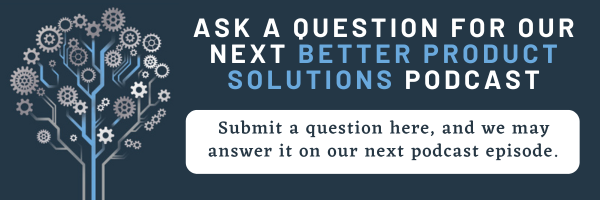In Episode 7, we talked to Mark Darby, Vice President of Sales for Lumitex, designers and developers of innovative lighting solutions. In this episode, we discuss how their flexible light technology has made them a leader in the world of lighting design. Mark also shares what markets are currently driving new business sales, how they work with customers to customize lighting solutions and what tests go into making sure all products are user ready.
Watch the Video
Listen to the Audio
Conversation Overview
- Mark Darby is the Vice President of Sales for Lumitex which has been an innovator in lighting systems for over 10 years.
- Lumitex works with a variety of markets including medical, medical devices and transportation from passenger vehicles to consumer trucks. They also have a strong presence in the use of HMI devices as well as a strong player in the electronic keyboard for PCs market.
- Lumitex has an expanding global footprint with facilities in Strongsville, OH, Celaya, Mexico and Asia.
- Lumitex’s focus as a company is bringing innovative lighting solutions to companies whether through standard components and products or specially engineered designs. Their goal is always to have the best lighting solution for the application in question.
- Lighting helps brands enhance their project and image on the marketplace. An example of this is a phototherapy device used on jaundiced babies. Partnering with GE on this device, the lighting itself is the branding of how a baby is being cared for by GE.
- Lighting can also be used by companies to differentiate themselves from the competition. For example, automotive makers are starting to find ways to incorporate lighting into steering wheels to better enhance the logo found there.
- Flexible lighting technology helps engineers in their ability to work in tight spaces. Mark discusses how they like to get the customer’s engineering department involved early so they know up front specific specifications they’re looking for.
- One market that is driving new sales business right now is the medical market. Lighting for devices such as infusion pumps and phototherapy devices is a key area Lumitex works in.

- Because of the unique needs of medical devices such as needing to be worn or needing to meet ergonomic standards, Lumitex works with engineering departments closely to design a system that will fit and be able to be used by the consumer easily.
- Lumitex also works diligently to make sure the lighting is uniform and even across the product and that it meets all the requirements and standards the customer and manufacturer need to achieve.
- When it comes to what they want to achieve with their lighting, the team at Lumitex work closely with their customer to make sure they have a clear understanding of what the customer needs.
- Questions they ask up front include: What is your goal for your lighting? What does it need to be? What’s the environment it will be in? What color do you need? Answers to these questions let designers know if they can use standard components for the job or if something needs to be specially designed.
- Lumitex works with a variety of companies, sometimes directly and sometimes through a second party who is working with a company. They are usually tier 2 or tier 3 in the supply chain.
- As part of the chain, they value strong communication and close collaboration with all involved as an extension of an engineering department.
- Mark discussed one of their most useful products, the Cut to Size product. This product helps designers discover very quickly if it is feasible to put lighting into the product.
- Within just 5 minutes, the cut to size backlit lighting component can be put behind a product’s membrane switch panel to give a sense of what lighting will like. This can give a good sense of what is needed in minutes versus investing $1,000s in engineering and design costs.
- All products are tested in a variety of methods to ensure the lighting is meeting all the customer’s requirements and industry standards.
- After getting all specifications from the customer, the product designed is evaluated for fit, form and function to ensure customer satisfaction.
- Tests before, during and after production depend upon the requirements needed.
- Final sign off on the product involves all stakeholders.
- A CCD camera is used to get a correct reading on a variety of specifications from the customer including brightness, uniformity and color.
- It’s an exciting time in terms of growth areas for lighting in the medical industry especially phototherapy and infusion pumps.
- On the horizon, Mark sees an additional need for using light for disinfection and safety purposes as Covid-19 has transformed a lot of industries in terms of safety.